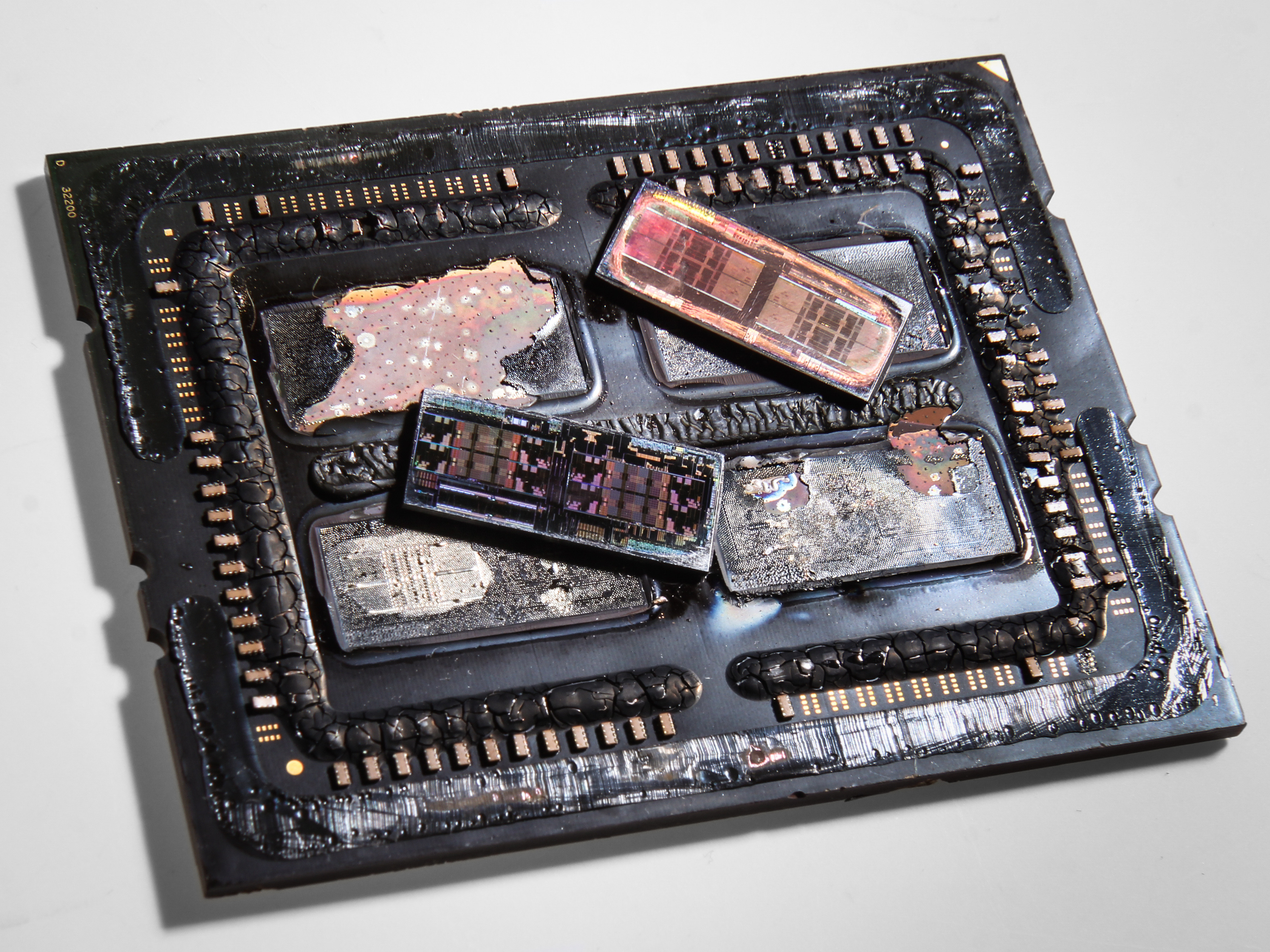
We at Verilog Meetup constructed an exam/interview problem that has an interesting property: if a student tries to figure out a solution by thinking by himself, he usually succeeds; however if he dumps the problem on ChatGPT, the solution fails (does not pass the automated test), and the student goes into a death spiral of futility, kicking ChatGPT to get the solution right.
There is nothing weird about the problem, we do this in the industry all the time:

